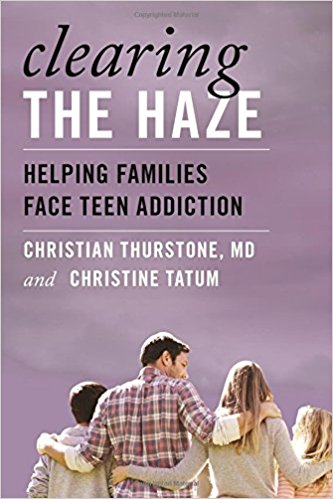The numbers rolling into the Colorado Department of Education speak for themselves: school expulsion for drug violations overwhelmingly associated with marijuana use and dealing have rocketed up at alarming rates in this state.
Consider:
- Drug violations reported by Colorado’s K-12 schools have increased 45 percent in the past four years while the combined number of all other violations has dropped.
- During the 2009-10 academic year, Colorado schools recorded 5,048 total disciplinary reports for drug offenses — a concerning increase of 25.2 percent over the previous school year. In that same period, school expulsions for drug offenses shot up 24.6 percent, and out-of-school suspensions were up 29 percent. The data include, but are not limited to, marijuana-related offenses. These troublesome increases happened in the same year that hundreds of marijuana dispensaries opened in Colorado, and federal “Safe and Drug-Free Schools and Communities” program funds made available to school districts for drug-prevention programs were eliminated.
- A lot of people thought the 2009-10 school year might be a blip of sorts on a radar. However, the level of drug violations reported during the 2010-11 school year not only held steady, but slightly increased.
In late 2011, Education Department officials asked my husband, Dr. Christian Thurstone, to develop a presentation aimed at helping teachers and other school workers understand why marijuana is especially harmful to adolescents. Educators would benefit from a refresher course on brain science, they said. They also needed to be brought up to speed on the current state of peer-reviewed, respectable marijuana research, which overwhelmingly shows that marijuana — which is up to 10 times more potent today than it was in the 1960s, ’70s, ’80s and ’90s — undermines education.
This is information you won’t even find in a lot of school textbooks, some department officials said.
The department wanted materials in several formats that would simply and clearly explain “The Big Deal” of marijuana. A “slide show” a principal might use when speaking with faculty members. A four-page “brochure” that included medical citations. A two-page “fast facts” sheet that could be distributed to people wanting a crash course in all of this stuff at essentially a glance. The department wanted the materials in full color — and in gray scale so schools and education-focused groups with limited budgets could have clean, polished copies, too.
That’s when Chris asked me for help. My company, Media Salad, Inc., conducts market research. My colleagues and I don’t do public relations. We don’t do spin. We know facts are sufficient, and that we don’t need to do a sales job on people. We simply present what we know to be truth and let people decide what to do with it — just as we did for millions of people when we worked for some of the nation’s largest news organizations.
And yes, because Chris is sorely colorblind, I was immediately concerned about what any slides he would submit to Colorado’s education department would look like.
So, Media Salad stepped in to help. Drug-legalization proponents have dismissed our work as “government propaganda,” but I can assure you it’s not. These are the results of reputable, peer-reviewed research. These are well known facts of adolescent medicine. These are the records reported by Colorado schools that have alarmed state Department of Education officials. Not one government employee ever stepped in to tell us what to say in these materials.
Several news organizations have put our work to the test and have used it to inform their reporting. Here’s just one example in EdNews Colorado.



We welcome all thoughtful comments, but please abide by our commenting rules